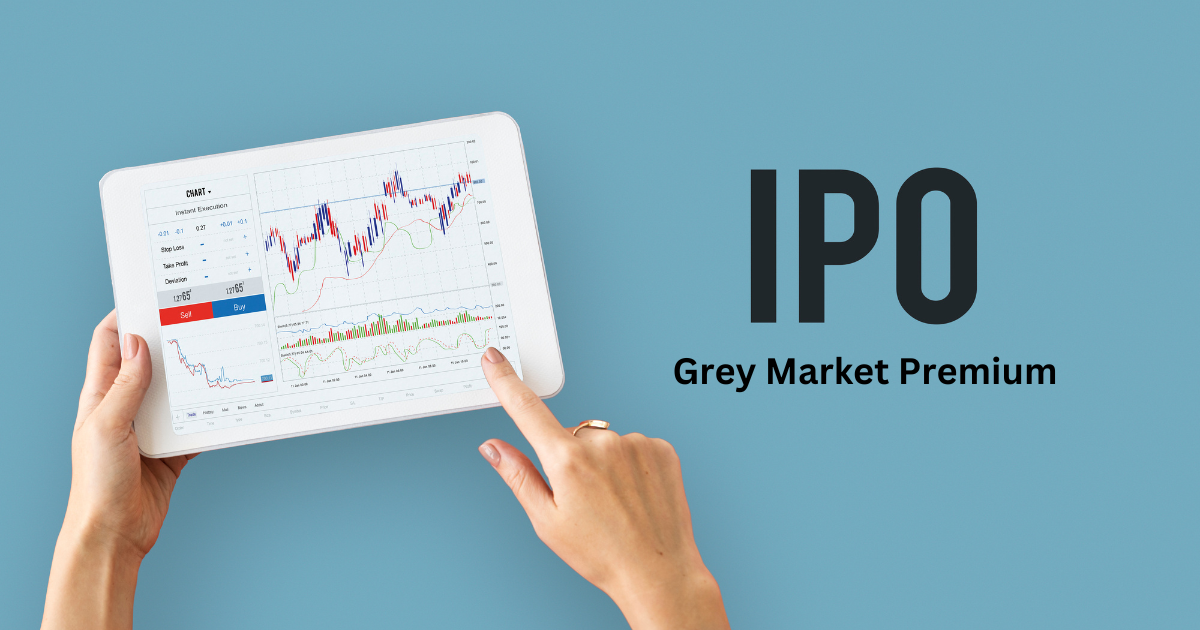Table of Contents
In this post, I’m going to tell you about GMP, also known as Grey Market Premium. It’s something you hear regarding when you’re starting investing, especially with Initial Public Offerings (IPOs). If you have no idea what it means, don’t be concerned, we’re explaining it here. It helps us guess how successful an IPO will be once it starts on the stock market officially.
Also, I’ll cover how much GMP is good to have for an IPO.
What is GMP in an IPO?
GMP, or which we call Grey Market Premium, is regarding the difference in price for an IPO before it hits the official market. It’s the extra money you see between the IPO’s set price and what people are willing to pay for it in the grey market. The grey market isn’t really official—but it’s a place where people deal in shares before they reach the big official place, otherwise known as the stock exchange.
Even though it’s not under strict rules, the market gives a quick look at how much people want an IPO and might give hints about how well it will do once it’s officially out.
Let’s say a company sets their IPO price at ₹100 and the Grey Market Price (GMP) is ₹50; it is as if people in the grey market are ready to shell out ₹150 to get the shares before they even hit the market. When the GMP is high, it’s a sign that lots of people want to participate, which could mean the share prices will jump up when they officially start trading; this gives investors a chance to earn some money off the stocks.
How Much GMP is Considered Good?
Depending on factors such as how well-known the company is, and how the market is doing, what counts as a good GMP changes, including characteristics, phenomena, and market content–but generally, if the GMP is 30% or higher than the IPO’s price, that’s a sign it’s strong. It shows that lots of people want the shares, and people buying in might see a good amount of money when the stock goes public.
Sometimes, an IPO doesn’t do well even if it had a high GMP, because the market changes or people unexpectedly stop wanting it. However, IPOs that didn’t have a high GMP to start with can still do well later– that could really be a good surprise for investors. GMP isn’t always a sure way to know how an IPO will do.
What Affects GMP?
When an IPO is going to hit, several things such as characteristics and material can influence the GMP. How famous or solid the company is financially matters a lot. A well-respected company with strong financial results gets a significant quotient of people excited, pushing up the GMP. What’s also important is how the stock market is doing.
If situations are getting better and investors are happy, then GMPs usually go up too.
Companies in booming areas such as technology or electric vehicles usually have more people who want to invest, making their GMP increase. How important the IPO is, and what kind of business it is, also affects the GMP. If an IPO isn’t very big, its GMP might not be easy to figure out.
Should You Rely on GMP?
Even if a high GMP seems promising, it’s smart not to make it the only thing you look at when thinking regarding investing in an IPO. Do you realize, GMP’s mostly just a guess and can flip really fast if the market starts behaving strangely for a while. Instead of just focusing on GMP, it’s significantly better to dive into how the company’s doing with its money — what it plans for the future, and what’s going on in the market overall, before you decide to put your money in.
Conclusion: GMP Can Be Helpful, But Not a Guarantee
So if an IPO has a GMP of 30% or higher than what it started at, people usually think that’s a good sign since it shows a significant quotient of people want it–but just because the GMP is high doesn’t mean it’s a sure win. You must look at how the company is doing overall before you decide to invest.



